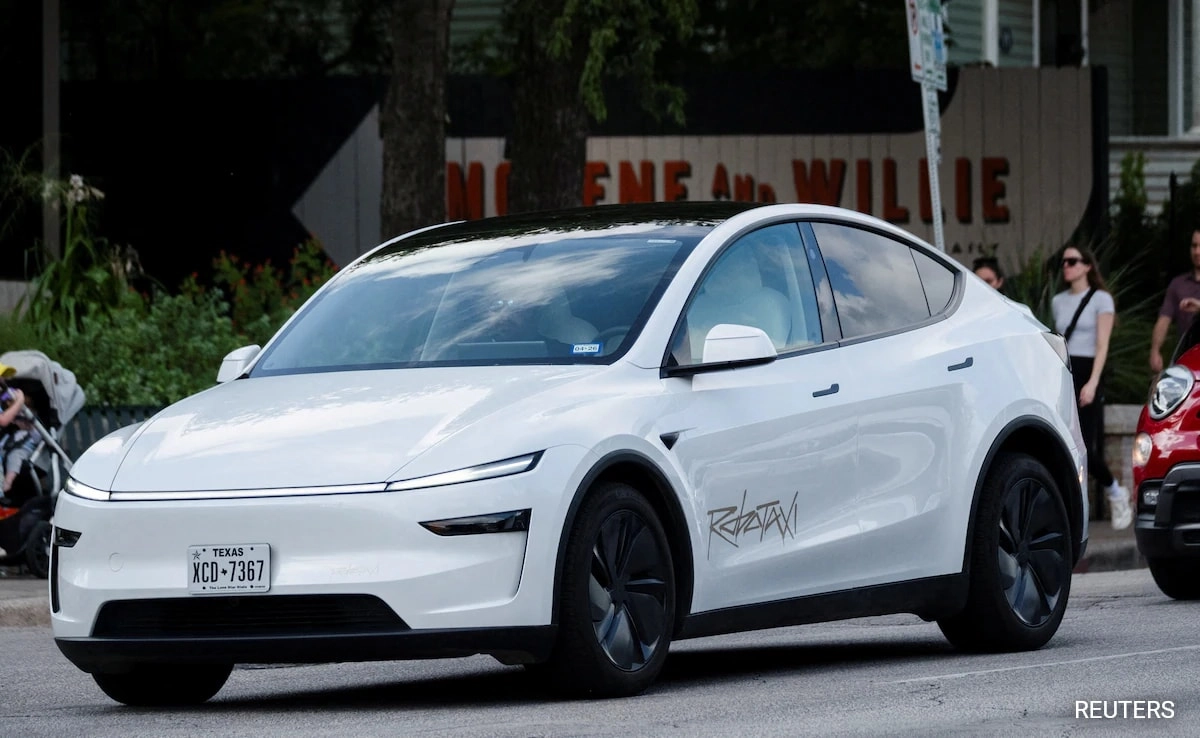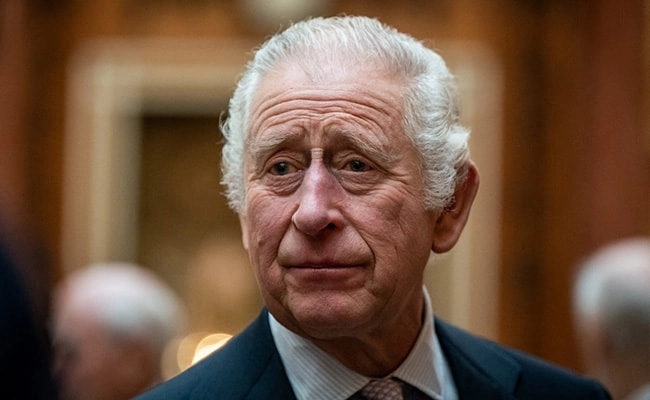The introduction of Tesla’s Robotaxi has sparked significant debate regarding its safety and reliability on the roads. Recently, reports have emerged of a Tesla Robotaxi caught speeding and driving in the wrong lane. These incidents raise serious concerns about the vehicle’s autonomous driving technology and its ability to safely navigate complex traffic situations. As Tesla continues to push the boundaries of innovation with its self-driving capabilities, the implications of these incidents could have profound ramifications for public perception and regulatory scrutiny.
The specific cases of the Robotaxi speeding and operating inappropriately highlight the potential dangers associated with fully autonomous vehicles. While Tesla has positioned its Robotaxi as a solution to reduce traffic accidents and improve transportation efficiency, such occurrences challenge that narrative. The incidents not only endanger the passengers inside the vehicle but also pose a threat to other road users, including pedestrians and cyclists. This raises questions about the adequacy of the current safety protocols in place for autonomous vehicles and whether the technology is truly ready for widespread deployment.
Moreover, these events could serve as a catalyst for regulatory bodies to impose stricter guidelines and testing requirements for autonomous vehicles. As public trust in self-driving technology wavers, it becomes imperative for manufacturers like Tesla to demonstrate the reliability and safety of their systems. The consequences of failing to address these concerns could hinder the adoption of autonomous driving technology, ultimately impacting Tesla’s market position and the broader automotive industry. It is crucial for the company to take proactive measures in refining its technology and ensuring that its vehicles can operate safely within the complexities of real-world environments.
In conclusion, the incidents involving the Tesla Robotaxi underscore the challenges faced by autonomous vehicle manufacturers. As these vehicles become more common on our roads, it is essential to address safety concerns head-on and establish a robust framework for their operation. The future of autonomous driving hinges on the ability to build public confidence in this technology, which can only be achieved through rigorous testing, transparent reporting of incidents, and a commitment to continuous improvement in safety measures. Ultimately, the successful integration of Robotaxis into our transportation systems will depend on the industry’s ability to learn from these early missteps and prioritize safety above all else.




